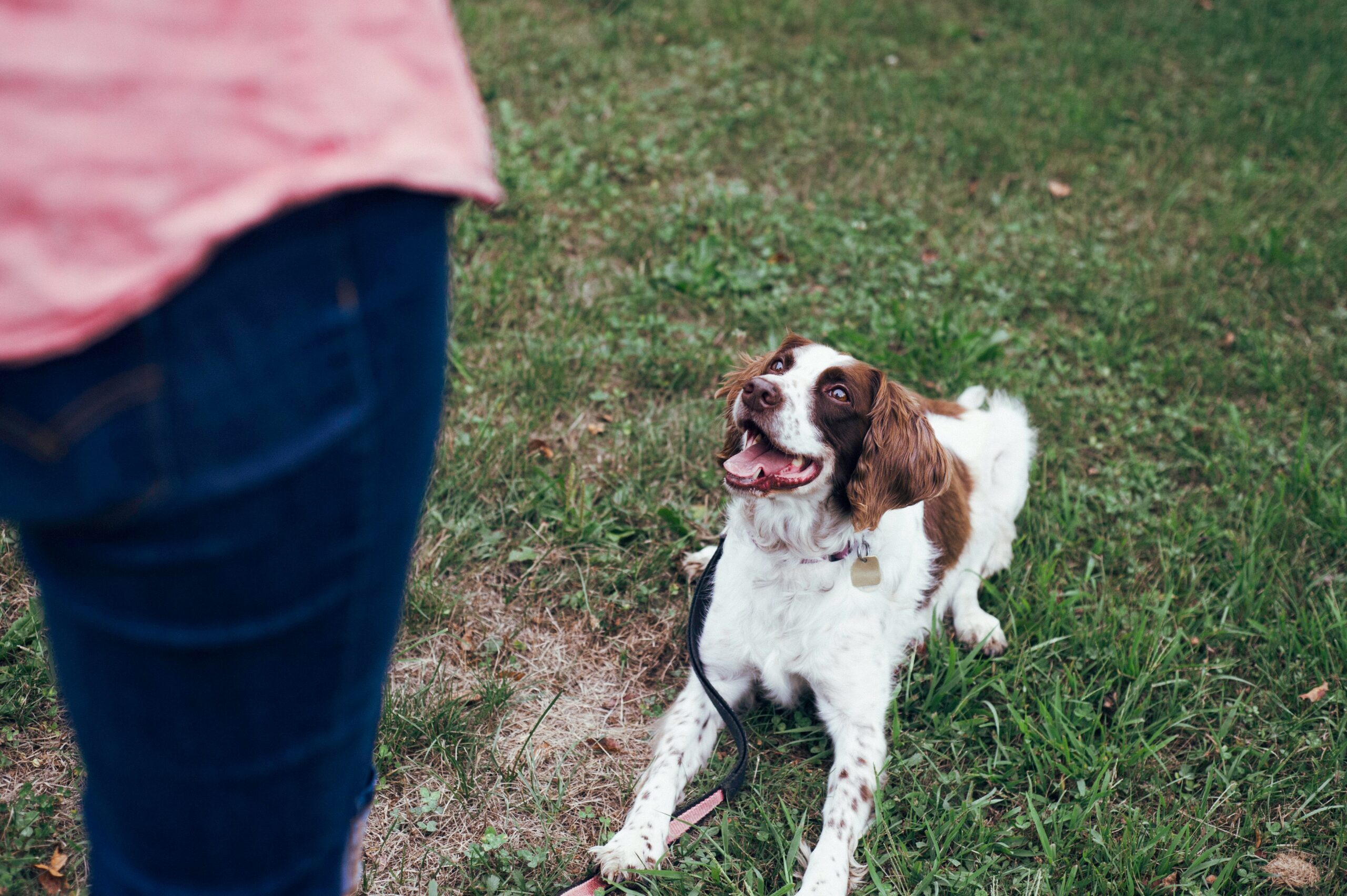Understanding Common Pet Behavior Issues
Have you ever found yourself scratching your head in frustration over your pet’s behavior? From barking and chewing to jumping and digging, our furry friends can sometimes exhibit behaviors that leave us feeling at a loss. But fear not, pet parents! With a little understanding and some simple training techniques, you can help address and correct these common pet behavior issues.
Let’s start with barking. Dogs bark for a variety of reasons, including boredom, anxiety, or simply to get your attention. If your pup is a chronic barker, it’s important to first identify the root cause of their behavior. Once you understand why they’re barking, you can begin to address the issue. One effective technique is to teach your dog the “quiet” command. When they start barking, calmly say “quiet” and reward them with a treat when they stop. Consistency is key, so be sure to practice this command regularly.
Another common behavior issue is chewing. Puppies, in particular, love to chew on everything in sight as they explore the world around them. To prevent destructive chewing, provide your pup with plenty of appropriate chew toys and praise them when they use them. If you catch them chewing on something they shouldn’t, calmly redirect their attention to a toy and remove the forbidden object.
Jumping is another behavior that many pet parents struggle with. While it may be cute when your puppy jumps up to greet you, it can become a problem as they grow older. To discourage jumping, ignore your dog when they jump up and only give them attention when all four paws are on the ground. You can also teach them the “off” command to help reinforce this behavior.
Digging is a behavior that many dogs engage in, especially breeds that were originally bred for hunting or digging. If your dog is a digger, provide them with a designated digging area, such as a sandbox or a specific spot in the yard. Encourage them to dig in this area by burying toys or treats for them to find. If they start digging in other areas, gently redirect them to their designated spot.
Separation anxiety is a common issue for many pets, especially dogs. If your furry friend becomes anxious when you leave, they may exhibit destructive behaviors such as chewing or barking. To help ease their anxiety, create a calm environment before you leave by providing them with plenty of toys and treats to keep them occupied. You can also try leaving a piece of clothing with your scent on it to comfort them while you’re away.
In conclusion, understanding common pet behavior issues is the first step in addressing and correcting them. By identifying the root cause of your pet’s behavior and implementing simple training techniques, you can help your furry friend become a well-behaved member of the family. Remember, consistency is key, so be patient and persistent in your training efforts. With a little time and effort, you can help your pet overcome their behavior challenges and live harmoniously with you in your home.
Positive Reinforcement Training Techniques
Training Tails: Easy Solutions for Pet Behavior Challenges
Training your furry friend can sometimes feel like a daunting task, especially when faced with challenging behaviors. But fear not, because positive reinforcement training techniques are here to save the day! By focusing on rewarding good behavior rather than punishing bad behavior, you can effectively shape your pet’s actions in a positive way.
One of the key principles of positive reinforcement training is consistency. It’s important to establish clear expectations for your pet and stick to them. This means rewarding your pet every time they exhibit the desired behavior, whether it’s sitting on command or walking nicely on a leash. By consistently rewarding good behavior, you are reinforcing the idea that this is the behavior you want to see more of.
Another important aspect of positive reinforcement training is timing. It’s crucial to reward your pet immediately after they exhibit the desired behavior. This helps your pet make the connection between their actions and the reward they receive. For example, if you want to teach your dog to sit, make sure to give them a treat as soon as their bottom hits the ground. This instant feedback helps your pet understand what they did right.
In addition to consistency and timing, positive reinforcement training also involves using high-value rewards. These rewards can be anything that your pet finds motivating, whether it’s a tasty treat, a favorite toy, or even verbal praise. By using rewards that your pet loves, you can increase their motivation to exhibit the desired behavior.
When faced with challenging behaviors, it’s important to remember that positive reinforcement training is all about focusing on the positive. Instead of getting frustrated or angry when your pet misbehaves, try to redirect their attention to a more appropriate behavior and reward them for it. For example, if your cat is scratching the furniture, redirect their attention to a scratching post and reward them for using it.
It’s also important to set realistic goals when training your pet. Rome wasn’t built in a day, and neither are perfect pet behaviors. Take small steps towards your ultimate goal and celebrate each success along the way. By breaking down the training process into manageable tasks, you can set your pet up for success and build their confidence.
Incorporating positive reinforcement training techniques into your pet’s routine can have a lasting impact on their behavior. By focusing on rewarding good behavior, you can strengthen the bond between you and your pet and create a positive learning environment. Remember, training should be a fun and rewarding experience for both you and your furry friend.
So the next time you’re faced with a pet behavior challenge, remember the power of positive reinforcement training. With consistency, timing, high-value rewards, and a focus on the positive, you can help your pet become the well-behaved companion you’ve always dreamed of. Happy training!
Tips for Addressing Aggression in Pets
Dealing with aggression in pets can be a challenging and sometimes scary experience for pet owners. Whether your furry friend is showing signs of aggression towards other animals, people, or even you, it’s important to address the issue as soon as possible to prevent any potential harm. Luckily, there are some easy solutions that can help you manage and reduce aggressive behavior in your pet.
One of the first steps in addressing aggression in pets is to understand the root cause of the behavior. Aggression can be triggered by a variety of factors, including fear, anxiety, territoriality, or even medical issues. By identifying the underlying cause of your pet’s aggression, you can better tailor your approach to addressing the behavior.
Once you have identified the cause of your pet’s aggression, it’s important to establish clear boundaries and rules for your pet. Consistent training and positive reinforcement can help reinforce these boundaries and teach your pet appropriate behavior. Rewarding good behavior with treats or praise can help encourage your pet to continue behaving in a positive manner.
In addition to training and reinforcement, it’s important to provide your pet with plenty of mental and physical stimulation. Boredom and pent-up energy can often lead to aggressive behavior in pets. Regular exercise, interactive toys, and mental stimulation can help keep your pet engaged and prevent boredom-related aggression.
If your pet’s aggression is directed towards other animals, it’s important to slowly introduce them to new animals in a controlled environment. Gradual introductions can help reduce your pet’s anxiety and prevent aggressive behavior. It’s also important to supervise interactions between your pet and other animals to ensure everyone’s safety.
If your pet’s aggression is directed towards people, it’s important to seek professional help from a veterinarian or animal behaviorist. They can help assess the situation and provide guidance on how to address the behavior. In some cases, medication or behavior modification techniques may be necessary to help manage your pet’s aggression.
It’s important to remember that addressing aggression in pets takes time and patience. It’s not something that can be fixed overnight, but with consistent training and positive reinforcement, you can help your pet learn to manage their aggression in a healthy way. Remember to always prioritize your pet’s safety and well-being, and seek professional help if needed.
In conclusion, addressing aggression in pets can be a challenging but manageable task. By understanding the root cause of your pet’s aggression, establishing clear boundaries and rules, providing mental and physical stimulation, and seeking professional help when needed, you can help your pet learn to manage their aggression in a healthy way. Remember to be patient and consistent in your approach, and always prioritize your pet’s safety and well-being. With time and effort, you can help your pet overcome their aggressive behavior and live a happy and healthy life.



